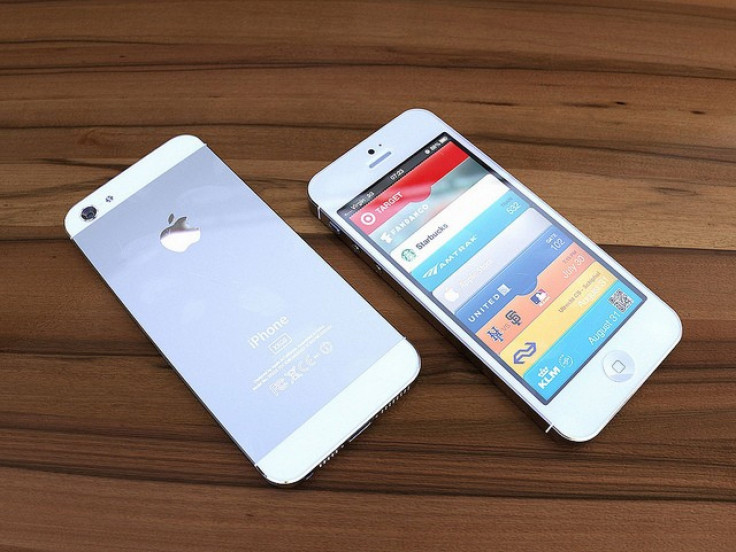Apple iPhone 5 Could Boost US Economy, Lift Up GDP By 0.5%, Says JP Morgan

With the Sept. 12 media event just a day away, Apple is all set ostensibly to take the wraps off its new iPhone 5 or whichever name it finally decides to give to the handset. The consensus so far is that the new generation iPhone will boost the company's profit. But according to industry analysts, the device is capable of having a much broader impact, contributing to the growth of America's economy.
Michael Feroli, JP Morgan's chief economist, said in a new research note to clients that sales of the new version of the iPhone could add between a quarter and a half percentage point to fourth quarter annualized GDP growth in the U.S.
"Our equity analysts believe around 8 million iPhone 5's will be sold in the US in Q4, even while sales of previous generation iPhones are maintained at a solid pace," Feroli said in his note.
If the sales price of the iPhone 5 remains similar to previous iPhone launches, it would be around $600 per unit, said Feroli. If each phone contains about $200 in discounted import component costs, it would have a trade margin of $400 that would figure into the GDP.
"Thus, calculated using the so-called retail control method, sales of iPhone 5 could boost Q4 GDP by $3.2 billion, or $12.8 billion at an annual rate," Feroli said. That 0.33 percentage point "would limit the downside risk to our Q4 GDP growth protection, which remains 2.0 percent."
"If hedonically-adjusted constant quality prices of phones declined due to newer or better features -- a reasonable conjecture -- then the lift would be even greater, though past iPhone releases don't bear a visible impact on the relevant CPI components," Feroli added.
Feroli did mention that the estimate of between a quarter to a half point of annualized GDP growth was indeed eye-popping "and for that reason should be treated skeptically." However, he added, "we think the recent evidence is consistent with this projection."
After the launch of the iPhone 4S in October last year, overall retail sales for that month significantly outperformed all expectations by boosting growth in the fourth quarter by 0.1 to 0.2 percent.
"Given the iPhone 5 launch is expected to be much larger, we think the estimate mentioned in the first paragraph is reasonable," says Feroli.
A recent Reuters poll of Wall Street dealers and economists shows that the U.S. GDP was seen at 2.0 percent on average in 2013, down slightly from estimates this summer, Reuters reported.
On Monday, Apple (AAPL) shares hit another all-time high, soaring to $683.29 and closed at $662.74, down 2.6 percent.
Apple iPhone 5 is expected to come with a larger 4-inch screen with in-cell touch technology, a unibody design and a smaller 9-pin dock connector. The device is likely to run on iOS 6, which would be completely scalable to a larger 640x1136 display.
The device is also expected to be powered by a much-improved processor. Other talked-about features include 4G LTE technology, Near Field Communication (NFC), 1GB RAM, improved Siri, liquidmetal casing, an 8 megapixel (or even higher) rear camera, a 2 megapixel front-facing camera for video chatting and a much-improved battery life.
© Copyright IBTimes 2024. All rights reserved.












